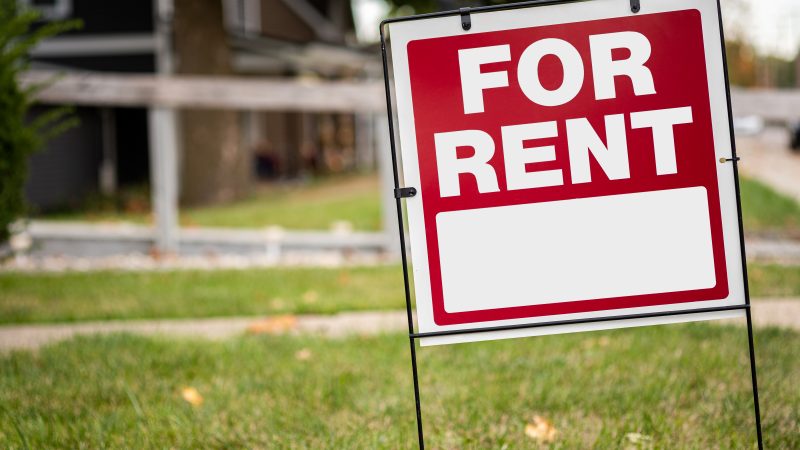Average rents continue to rise across the country with the average tenant paying a 5.35% premium according to the latest release of the Waller, Weeks, and Johnson Rental Index. The index is produced through the joint efforts of researchers from The University of Alabama, Florida Gulf Coast University, and Florida Atlantic University and provides monthly analysis of the nation’s 100 largest metropolitan areas.
“Each month we statistically model rents from raw data provided by Zillow’s Observed Rental Index to estimate a market’s long-term rent trend”, said Bennie Waller, instructor of finance with the Culverhouse College of Business at UA and research associate with the Alabama Center of Real Estate. “A premium indicates rents are above an area’s long-term rent trend and is the percentage difference between where a market’s current average rent is versus where that market’s average rent should be based on local past rental history. A discount occurs when actual current rent is below an area’s long-term trend.”
Average year-over-year rent across the country is up 5.95% in the last twelve months, while last month’s average rent increase was just under 0.5%. “This remains high relative to historic trends,” said Ken H. Johnson with the Real Estate Initiative at Florida Atlantic University. “Annual rent increases of between 3% to 5% are common and easily dealt with by tenants. On the whole, the crisis seems to be subsiding.”
Shelton Weeks with the Lucas Real Estate Center at Florida Gulf Coast University, however, warns that while the worst may be over. Average monthly rent increases have begun to go up again. “For several months, a significant number of our measured markets came in at average monthly decreases in rent. Two months ago, over 50 markets reported monthly declines in local rents. From this month’s data, we find only seven markets with declining rents. This is a trend worth keeping an eye on.”
All three researchers agree that while the overall outlook for rents is improving on a national level some markets remain in a full blown crisis citing Florida, where four of the most overpriced markets exist.





